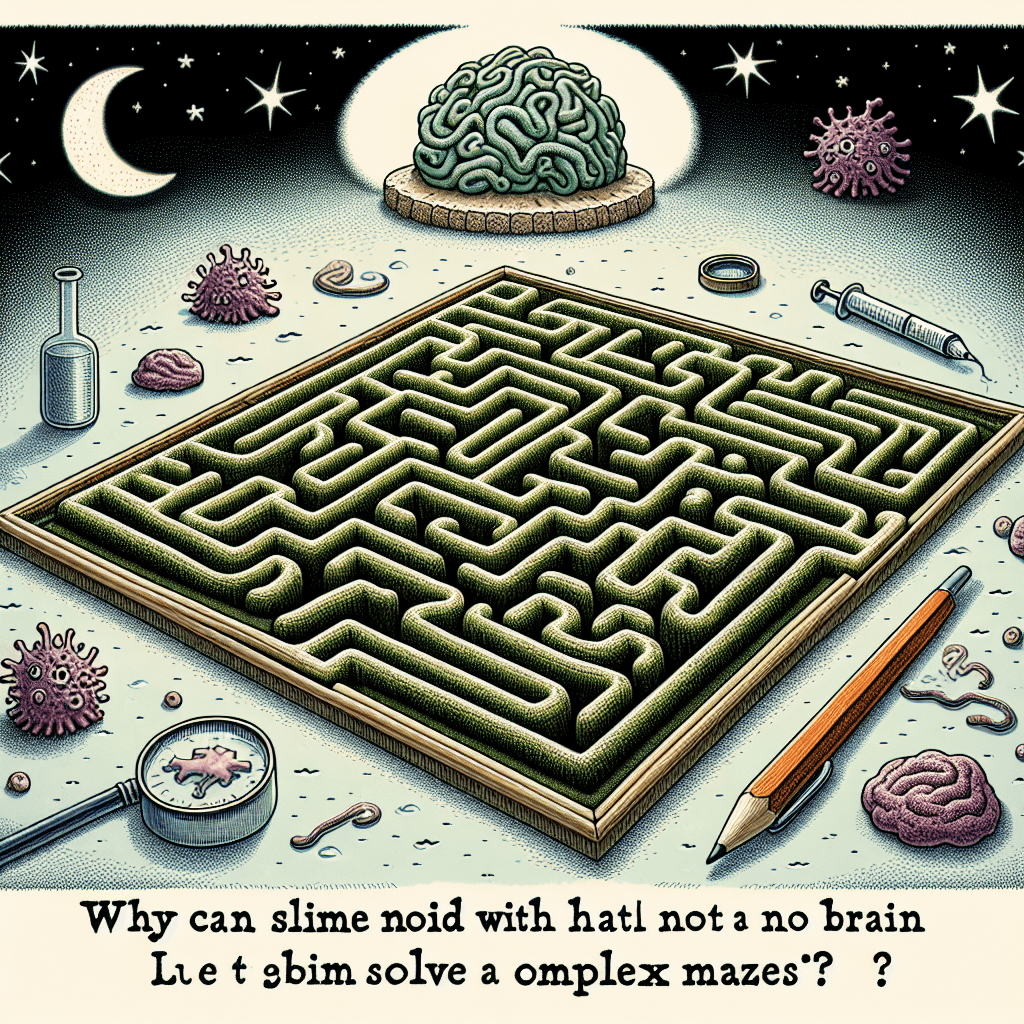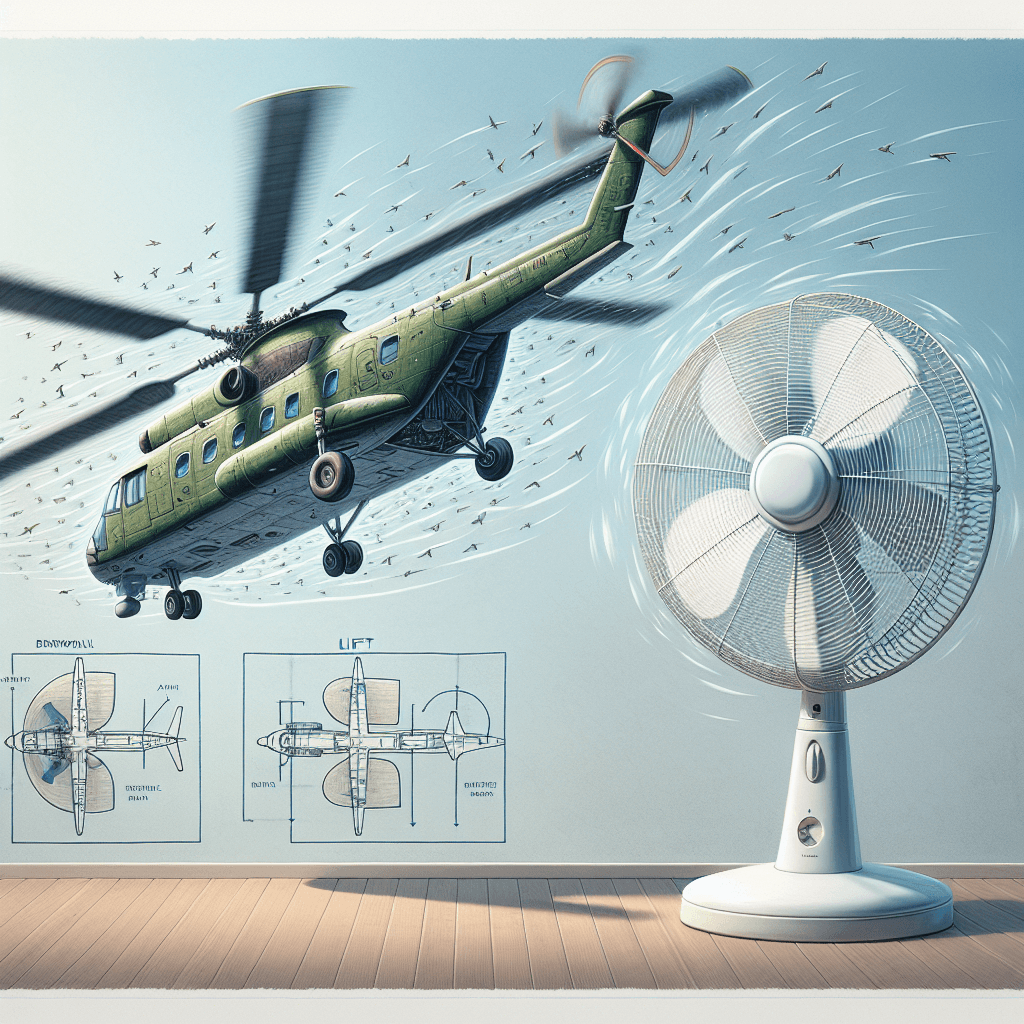Brainless Brilliance: Why Can a Slime Mold with No Brain Solve Complex Mazes
Meet Physarum polycephalum, a remarkable single-celled organism with no brain or nervous system that possesses the uncanny ability to solve complex mazes.


Too Long; Didn't Read
The slime mold, a creature with no brain, can solve complex mazes by efficiently finding the shortest path, challenging our understanding of intelligence.
Brainless Brilliance: Why Can a Slime Mold with No Brain Solve Complex Mazes?
Imagine a creature with no brain, no neurons, not even a nervous system, yet capable of solving complex puzzles that might challenge a human. Sounds like science fiction, right? This remarkable organism is the slime mold, particularly Physarum polycephalum. These seemingly simple, single-celled amoeboid entities have captivated scientists with their uncanny ability to navigate intricate mazes, find the shortest paths, and even optimize network designs. This blog post delves into the fascinating world of these brainless problem-solvers, exploring the mechanisms behind their surprising intelligence and what we can learn from their ingenious strategies.
What Exactly is a Slime Mold?
Often mistaken for fungi due to their appearance and habitat, slime molds are actually protists – a diverse group of eukaryotic microorganisms. The star of maze-solving research is Physarum polycephalum, a species of plasmodial slime mold. In its active, feeding stage, Physarum exists as a plasmodium: a giant, single cell containing millions of nuclei, all enclosed within one continuous cell membrane. This amorphous, yellowish blob creeps along forest floors, engulfing bacteria, fungal spores, and other organic matter. It's a living network, constantly reconfiguring itself in response to its environment.
The Maze-Solving Phenomenon: How Do They Do It?
The "aha!" moment for many came from experiments pioneered by Japanese researcher Toshiyuki Nakagaki in the early 2000s. Scientists placed a slime mold like Physarum polycephalum in a petri dish maze with food sources (typically oat flakes) at key points, such as the start and end.
The process unfolds elegantly:
- Exploration & Food Detection: The slime mold extends its network of protoplasmic tubes in all directions, exploring every path. It uses chemotaxis (sensing chemicals) to detect the food.
- Optimization via Growth & Retraction: This is the genius. As food is found, pathways leading to it are reinforced; tubes become thicker, and nutrient flow (cytoplasmic streaming) increases. Conversely, tubes leading to dead ends or inefficient routes gradually shrink and are withdrawn. The slime mold effectively "prunes" unnecessary connections. Remarkably, within hours, it leaves behind a single, optimized tube connecting the food sources – the shortest path through the maze.
The "Intelligence" Without a Brain
How does an organism lacking a brain or nervous system achieve this? The answer lies in its decentralized, self-organizing system.
- Local Rules, Global Order: There's no central command. Each part of the slime mold responds to local cues—reinforcing if food is near, retracting if not. This emergent behavior allows the entire organism to adapt and solve problems collectively.
- Oscillatory Dynamics & Memory: Rhythmic pulsing of protoplasm within the slime mold's network, known as shuttle streaming, helps coordinate its behavior and efficiently transport nutrients. Positive feedback (successful paths get stronger) and negative feedback (unsuccessful paths weaken) guide the optimization process. Some studies suggest Physarum can even exhibit a form of "memory," where past environmental conditions influence its network structure and future foraging decisions, a memory encoded physically rather than neurally.
What Can We Learn From These Brainless Problem-Solvers?
The remarkable abilities of slime molds are more than just a biological curiosity. They offer profound insights and potential applications:
- Bio-Inspired Computing: Slime mold behavior provides a model for developing new algorithms for network optimization, route planning, and solving complex computational problems. For instance, researchers have used slime mold principles to model and improve urban transport networks, famously demonstrated with the Tokyo rail system.
- Understanding Primitive Intelligence: They challenge our definitions of intelligence and cognition, showing that sophisticated problem-solving can emerge from very simple rules and decentralized systems, without complex neural architecture.
- Materials Science: The dynamic, self-healing, and adaptive nature of the slime mold's network could inspire the development of new smart materials and adaptable robotic systems.
Conclusion
The slime mold, a seemingly humble organism, demonstrates that a brain isn't always a prerequisite for complex problem-solving. Through a remarkable process of exploration, chemotaxis, and the dynamic reinforcement and pruning of its network-like body, Physarum polycephalum can efficiently navigate intricate mazes. This brainless brilliance not only redefines our understanding of biological intelligence but also offers valuable lessons for designing efficient networks, developing novel algorithms, and appreciating the ingenious solutions nature has crafted. The next time you encounter a simple life form, remember the slime mold – a testament to the power of decentralized organization and the unexpected intelligence thriving in the natural world.
More Articles

What was the original purpose of the fluffy pom-pom on a traditional sailor's hat?
That fluffy ball on a sailor's hat wasn't just a cute decoration; it was a surprisingly simple tool designed to save them from a serious, and very common, occupational hazard.

Why do some pufferfish create intricate, beautiful sand circles on the ocean floor?
Mistaken for underwater crop circles, these mesmerizing patterns are actually the work of a tiny artist on the most elaborate and romantic quest in the entire ocean.

Why can a helicopter fly with blades spinning slower than a simple house fan?
It’s a mind-bending fact of physics: a helicopter’s massive blades spin slower than a simple house fan, yet they generate enough force to lift thousands of pounds. Uncover the incredible aerodynamic secret that makes this possible.